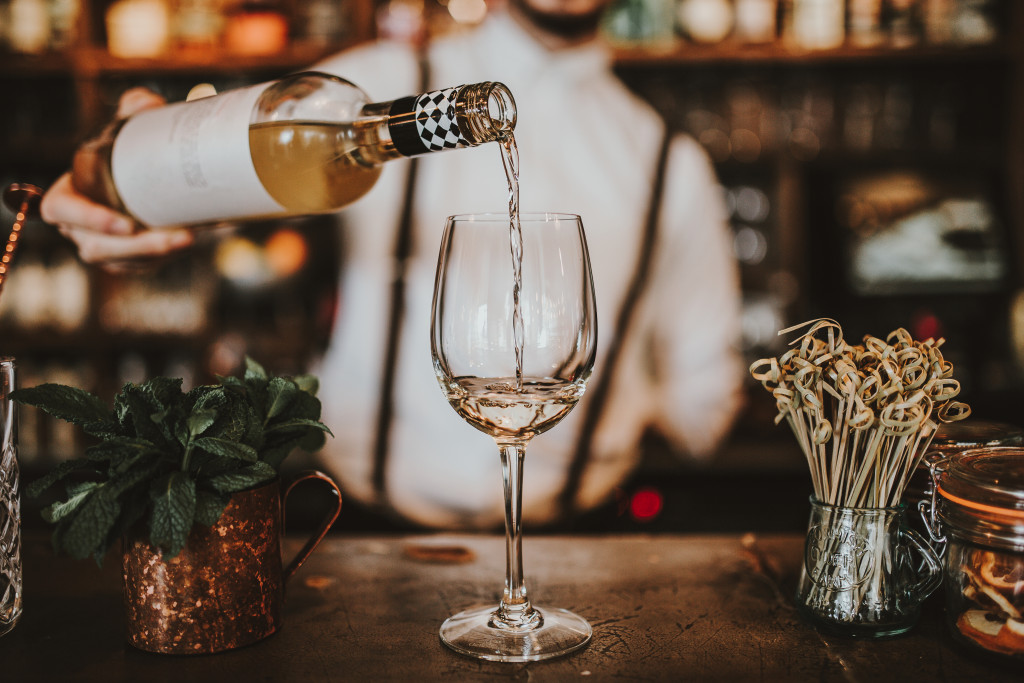Health became the focus of people during the pandemic. While following all health protocols to avoid exposure to the COVID-19 virus, people realized that they also need to strengthen their immune systems. This influenced the types of food and drink that gained popularity.
Consumers’ Purchasing Behavior
According to Beverage Industry, among global consumers across the United States, the United Kingdom, the Netherlands, Spain, Mexico, Italy, Indonesia, India, Germany, France, China, and Brazil, 56 percent are highly concerned about their own health and those of their family and friends. There has been increased interest in organic ingredients. Ready-to-drink (RTD) beverages with a stable shelf life containing organic ingredients had a 13 percent share of all global sales of stable RTD beverages in 2020.
The pandemic quarantine conditions caused many to gain weight which they are now trying to lose. To avoid sugar, consumers are leaning toward products sweetened with healthy alternatives such as stevia and monk fruit, increasing the sales of such products by 41 percent in 2020. Purchase of unsweetened beverages also increased by 13 percent.
Beverage manufacturers will benefit from data showing that consumers in the older segment seek products that help them age well, with 51 percent consuming products with no sugar, 39 percent consuming products that support heart health, and 18 percent consuming products that help in controlling diabetes.
Alcohol-Free Beer

Sales of traditional brews have deteriorated and manufacturers have shifted to alcohol-free beer, instead. For some, alcohol-free beer serves as a transition for healthier drinking, providing the same taste. Brewers use the same ingredients of water, malt, yeast, and hops. People can, therefore, still enjoy the flavors they want, such as the peach and citrus aromas from the Galaxy hops variety.
For instance, Budweiser launched Budweiser Zero in 2020, with no alcohol and sugar content and only 50 calories. The company partnered with NBA legend Dwyane Wade in developing and marketing the product which tastes the same as the original.
For others, alcohol-free beer is not a second choice but is enjoyed for its own refreshing characteristics. Brewers also produce alcohol-free fruit beers flavored with all-natural and unsweetened fruit purees.
As of December 2020 in the U.S., the total sales of alcohol-free beer was $188.2 million, an increase of 37.7 percent over the previous year. In the year ending in October 2020, the market for alcohol-free craft beer increased by 278 percent.
The global sales of alcohol-free beer was $383.13 billion. With a compound annual growth rate (CAGR) of 2.5 percent, the forecast for global sales in 2027 is $453.79 billion.
Flavored Water
Flavored water, including both sparkling and still water, is a popular zero-calorie and zero-sugar drink. This is the best choice for those who seek something more than plain water but want to remain healthy and hydrated all day,. Flavor usually comes from a variety of natural fruits but there are also other possibilities such as water flavored with ginger plus citrus. For instance, people who love the taste of hops in alcohol-free beer will also love hops water. These new flavors are just as refreshing.
Sparkling water is a great alternative for people previously addicted to sugar-laden sodas. It provides the same tingle as carbonated drinks without all the health risks. Some brands come infused with extra boosters like vitamins and minerals.
Big-name soda companies like Coca-Cola and Pepsi produce several flavored water products, proving the popularity of flavored water. Coke has caffeine-infused sparkling water AHA, Smartwater Sparkling, and mineral water Topo Chico.
Pepsi has just introduced the sparkling water brand Soulboost in 2021. It is available in a Lift variant containing panax ginseng to increase mental stamina, and an Ease variant containing L-theanine to enhance relaxation. Lift comes in black cherry citrus and blueberry pomegranate flavors while Ease comes in strawberry rose and blackberry passionfruit flavors. Pepsi also produces Bubly sparkling water with 16 natural fruit flavors, and Bubly Bounce, sparkling water with caffeine in six flavors. On the other hand, Driftwell is still water with magnesium and L-theanine to relax. Aquafina is Pepsi’s pure water which also comes as Aquafina flavorsplash, still water in three flavors. H2Oh! is sparkling water with four flavors. Lifewater is still water that has added electrolytes and is ph balanced. It also comes with an immune support variant that includes zinc. Propel also contains electrolytes plus vitamins C, E, and B. SoBeWater contains vitamins C and B and comes in various flavors.
In 2020, the value of the global market size of flavored water was $14.71 billion. With a compound annual growth rate (CAGR) of 10.3 percent, the forecast for global sales in 2028 is $29.56 billion. The highest share of revenue in 2020 was accounted for by sparkling water at 72 percent.
Drinking to Health
These are only two of many types of healthy drinks in the market today. People are now drinking to their health, knowing that everything they put in their bodies affects their immune system and defense against the mutating Covid-19 virus. Beverage companies realize this and are stepping up to fill consumers’ needs.



